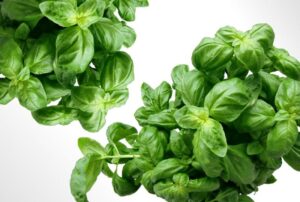In this extensive guide, we will explore where to plant asparagus and provide actionable insights to set you on the path to growing these delightful spears.
Understanding Asparagus: A Brief Overview
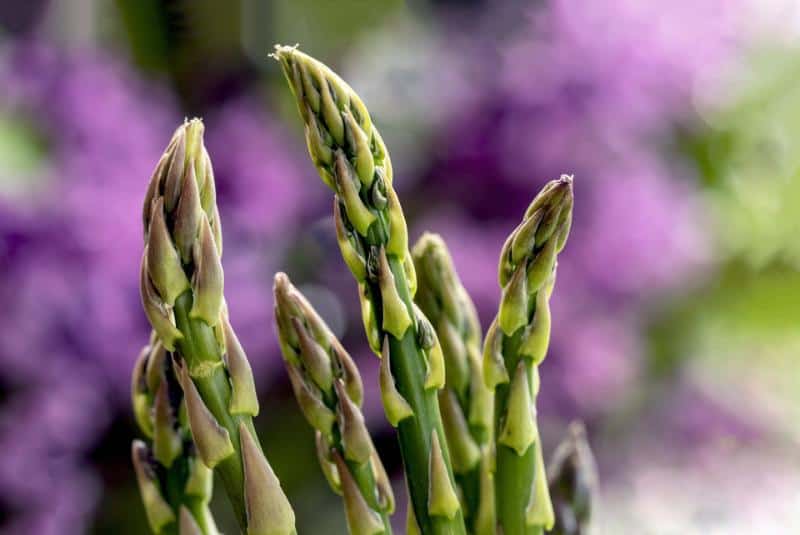
Asparagus officinalis, commonly known as asparagus, is a perennial plant that can produce for 15 years or more with proper care. This means that choosing the right location is crucial since it will dictate not just where you’ll plant for this year’s harvest, but for many seasons to come. Asparagus thrives in U.S. Department of Agriculture (USDA) hardiness zones 3 through 11, which covers a wide range of climates across the country.
One of the most significant elements to consider when deciding where to plant asparagus is its growing requirements. This crop prefers well-drained, sandy loam soil with a pH between 7.0 and 8.0. It needs full sun to produce strong, nutrient-dense spears from early spring through late spring.
Selecting the Right Site
Ensuring Sunlight
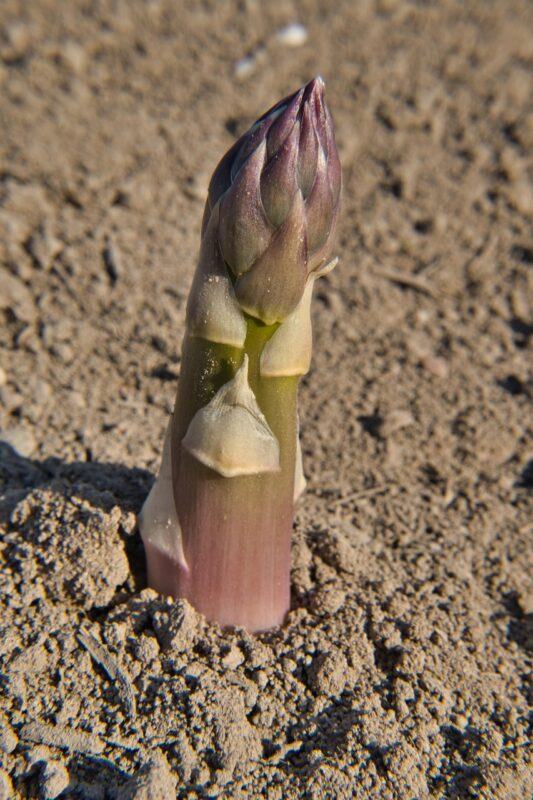
Asparagus is a sunshine-loving plant. It requires at least 6 to 8 hours of direct sunlight daily, making the selection of a sun-drenched spot critical. Observe the area in your garden to determine the sunniest spots, and ensure that the site is free from any obstructions, such as tall trees or buildings.
If your garden seems shaded, consider planting near a south-facing wall or fence where the reflective heat can boost warmth and light exposure. This little trick can extend your growing season and result in healthier plants.
Soil Quality and Preparation

As mentioned earlier, soil quality plays a significant role in the vitality of asparagus plants. The ideal soil should be loose and well-drained, with rich organic matter. Before planting, conduct a soil test to establish its pH level and nutrient content. If your soil is too acidic, consider adding lime to adjust the pH.
If your garden soil is dense clay or overly compacted, it’s best to raise the planting beds. A raised bed allows water to drain efficiently while keeping the soil loose and amendable. Incorporating compost will enrich the soil, providing essential nutrients that promote healthy asparagus growth.
Drainage Considerations
Asparagus does not tolerate waterlogged conditions, which can lead to root rot. Evaluate the drainage properties of the area where you plan to plant. If your chosen site tends to retain water after heavy rains, consider using drainage tiles or creating a mound where water can drain away from the plant roots. New gardeners might want to avoid low-lying areas prone to pooling water during wet seasons.
Ideal Planting Conditions
Climate Evaluation
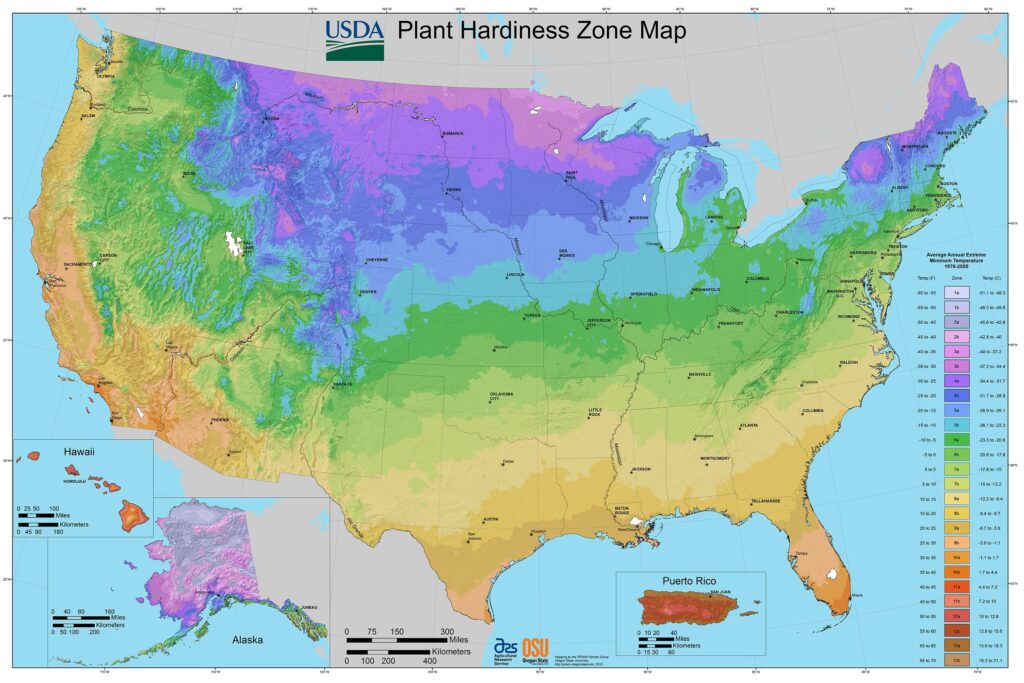
Climate is a critical factor when determining where to plant asparagus. This vegetable grows best in a temperate climate with distinct seasons—winter dormancy, spring growth, a warm summer, and a cool fall. Although asparagus can tolerate light frost, it thrives best when planted after the danger of frost has passed. Ideally, sowing should occur in early spring.
If you live in a warmer climate, choose a planting location that provides afternoon shade during the hottest part of the day to protect the crowns during extreme heat. Conversely, in cooler areas, a sunny location will help ensure that the soil warms adequately.
Avoiding Competition
Asparagus can struggle against competing vegetation. When considering where to place your asparagus plants, be strategic. It’s advisable to avoid areas where perennial weeds are prevalent, as they can hinder asparagus growth by competing for nutrients and moisture. Clear the area thoroughly, removing any invasive species and undesirable plants prior to planting.
Moreover, as a long-lived perennial, asparagus should be positioned in an area of your garden where it can mature and thrive without disturbance. Plan around existing crops or decorative plants that may interfere with or overshadow your asparagus bed.
Companion Planting with Asparagus
Best Companion Plants
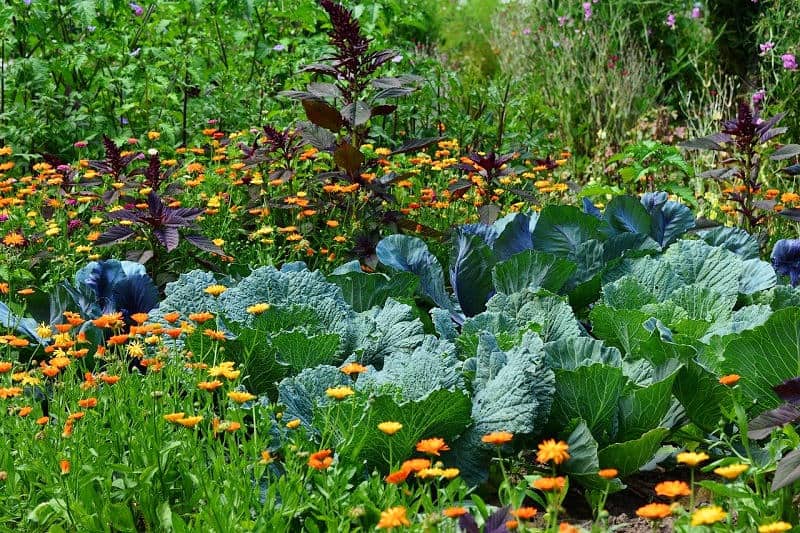
Companion planting involves strategically planting different crops in proximity to each other for mutual benefits. When it comes to asparagus, certain plants flourish alongside it, enhancing overall productivity and health.
For instance, tomatoes, basil, and parsley work exceptionally well as companions to asparagus. Tomatoes thrive in similar growing conditions, while basil can help deter pests such as aphids and spider mites that could harm your asparagus crop.
Marigolds are another excellent addition, known for their pest-repelling properties thanks to their strong fragrance. By planting marigolds near asparagus, you can keep certain nematodes away, helping the asparagus stay healthy and productive.
Plants to Avoid
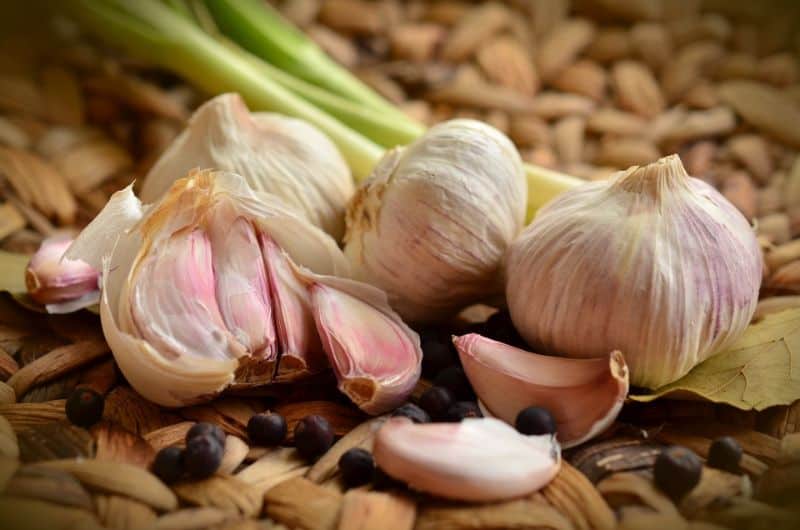
While some plants work well alongside asparagus, others can hinder its growth or promote disease. Onions and garlic, for example, though beneficial in many cases, can struggle when grown near asparagus. Additionally, avoid planting asparagus near other crops that require heavy nitrogen, as asparagus has a unique nitrogen-to-phosphorus ratio.
Beans are another crop to sidestep; they are notorious for attracting pests that can cause complications for other plants. Being selective with your companion plants is vital to the health of your asparagus patch.
Spacing and Layout Strategies
Planting Techniques
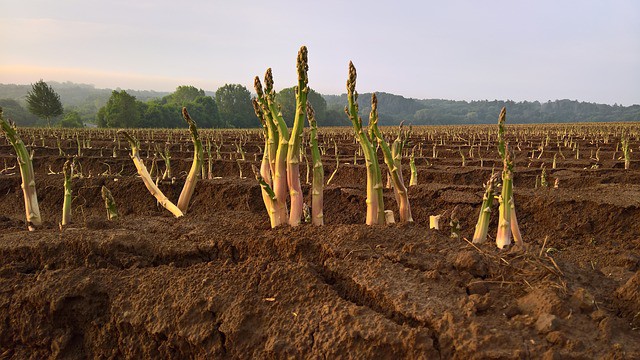
When deciding where to plant asparagus, the layout of your garden is essential. Whether you’re utilizing a traditional row system or raised beds, plan for adequate spacing. Asparagus plants should be spaced approximately 12 to 18 inches apart in rows that are 4-5 feet apart. This spacing allows for air circulation, which can reduce the risk of disease.
Consider the option of using trenches for planting asparagus crowns; this is a common technique that accommodates the deep root system of asparagus. Digging trenches about 12 inches wide and 6 inches deep gives you an excellent structure to place your crowns. Fill the bottom of the trench with about 4 inches of well-drained soil, then place the crowns with their roots spread out. Cover them with an additional 2 inches of soil.
Orientation and Layout
The orientation of your asparagus bed can also play into its growth. If planting in rows, the layout should follow a north-south direction. This orientation maximizes exposure to sunlight, ensuring all plants receive equal light throughout the day.
When using raised beds, consider a similar spacing approach. Not only does this provide a heightened growing environment, but it also permits easy access for weeding and harvesting.
Seasonal Timing for Planting
When to Plant
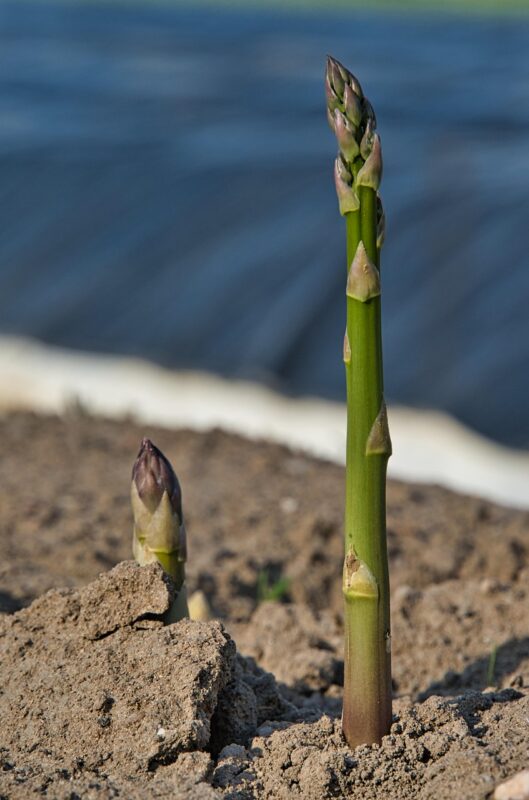
Timing is another critical consideration when it comes to planting asparagus. In general, early spring, when the soil has warmed to about 50°F (10°C) is the best time. For most regions, this means planting in March or April. However, be mindful of your local climate conditions and adjust accordingly.
In warmer climates, you may need to plant even earlier, while in cooler regions, you may have to wait a bit longer for optimum soil temperatures. Remember, patience is crucial—the first few years after planting are focused on establishing a robust root system, so avoid harvesting during this period.
Seasonal Maintenance
After you’ve planted, your work isn’t finished. Regular maintenance throughout the seasons is essential for healthy asparagus growth. During the early spring, watch for emerging spears; ensure that weeds don’t encroach upon the young plants.
After harvesting season has ended—typically May in most regions—allow the ferns to grow. These ferns will help photosynthesize and gather energy for the plant’s storage roots. In the fall, after the foliage has turned brown, trim back the ferns to prevent disease while allowing the soil to recover.
Rectifying Potential Problems: Pests and Diseases
Recognizing Threats
Choosing where to plant asparagus can influence the risk of potential pest infestations and diseases. This crop is vulnerable to several issues, including asparagus beetles, aphids, and various fungal diseases. Monitoring your plants closely for these threats is necessary, and employing integrated pest management (IPM) practices can help mitigate these risks.
For instance, introducing beneficial insects like ladybugs can naturally control aphid populations, while handpicking adult asparagus beetles can significantly reduce their numbers. Maintain cleanliness in your asparagus patch to limit the spread of any potential diseases.
Addressing Soil-Borne Diseases
Soil-borne diseases, such as Fusarium and Phytophthora, can affect asparagus if the soil is not adequately drained or if it retains too much moisture. It’s essential to choose healthy, resistant crown varieties and to rotate crops when planting in the same area, which can break disease cycles.
Detection and Prevention
Consider investing in disease-resistant varieties, and practice crop rotation by allowing a few years between asparagus plantings in the same location. Regular soil testing and good gardening practices will lead to a healthier asparagus plant less prone to diseases.
Conclusion: Planning Your Asparagus Garden
Deciding where to plant asparagus is not just about finding a suitable patch of soil; it encompasses understanding your environmental conditions, soil characteristics, and the interplay between different plants in your garden. By carefully considering sunlight, soil quality, climate, moisture, and plant companions, you’re setting the stage for a fruitful asparagus harvest.




